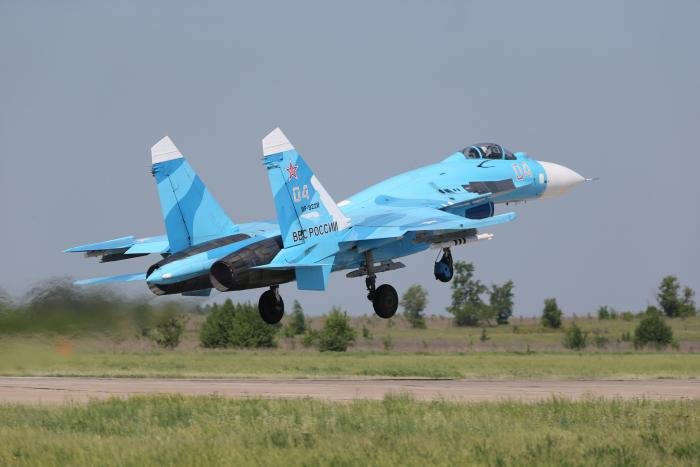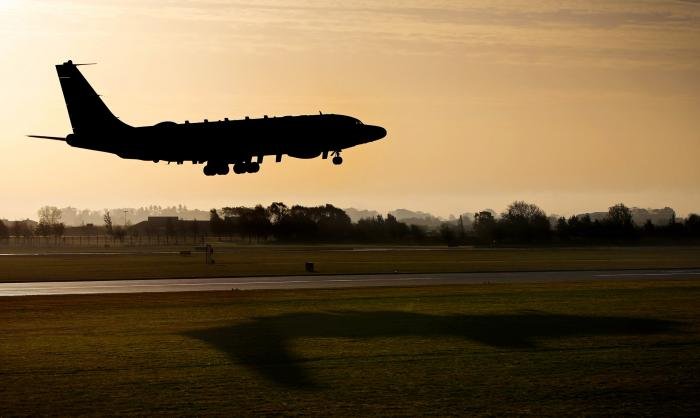A Russian Air Force Sukhoi Su-27 Flanker released a missile in the ‘vicinity’ of an RAF aircraft during a 90-minute stand off over the Black Sea, the UK Defence Secretary Ben Wallace has revealed.
Labelling it as “potentially dangerous”, Wallace said the incident, involving two Russian jets, occurred on September 29 in international airspace. A single RAF RC-135 Rivet Joint electronic surveillance aircraft from RAF Waddington, Lincolnshire, was involved which was carrying out a routine patrol mission within the area.
According to Wallace, the Rivet Joint was intercepted by two Russian Air Force Su-27 Flankers with one firing a missile from beyond visual range of the RC-135. “The total time of the interaction between the Russian aircraft and the Rivet Joint was approximately 90 minutes. The patrol completed and the aircraft returned to base.” Wallace added.
Russia is said to have blamed a technical malfunction for the reason behind the missile fire, with the UK accepting that it was a mistake.

After the incident, the UK suspended patrols of this kind and immediately expressed concerns to Russia Defence Minister, Sergei Shoigu. Patrols have since resumed but now the surveillance aircraft are escorted by fast jets.
In a response to the chairman of the commons Defence Committee, Tobias Ellwood, calling the UK Government to plan its reaction if Russia launched a Nuclear Strike, Wallace replied with: “We are dealing with the president and indeed a Russian forces who, as we have seen from the Rivet Joint incident, are not beyond making the wrong calculation or indeed deciding that the rules don’t apply to them.”


